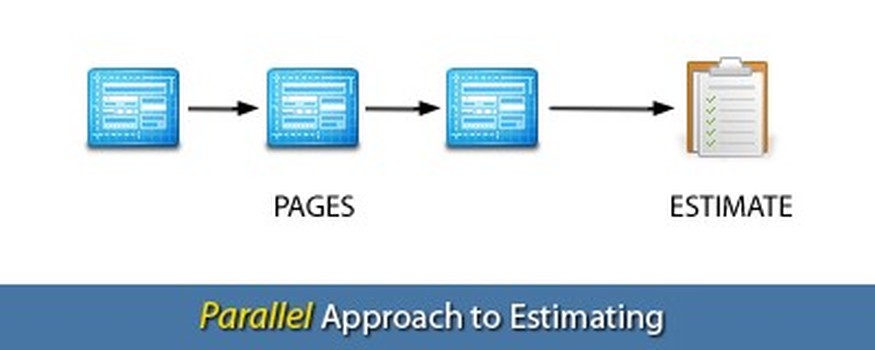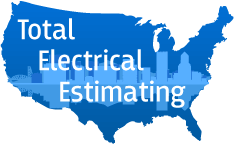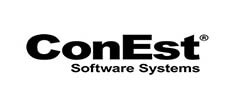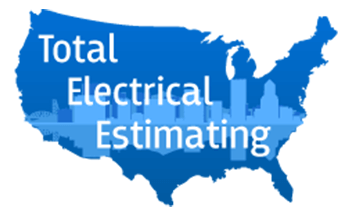Since 2009
Call Now! (503) 807-3016
A common bidding method for estimators in many fields is what I like to call the “series” approach. Much like a series circuit, the electrical est
« Back to News
A common bidding method for estimators in many fields is what I like to call the “series” approach. Much like a series circuit, the electrical estimator goes in only one direction at a time. They take a trip through the drawings in search of light fixtures. Then, another trip in search of receptacles. Then, another in search of fire alarm devices, and so on. There are certainly some positives to doing it this way. Even if an item is missed on the first pass through the pages, by the ninth or tenth pass it will likely be discovered. But there are also some disadvantages. In terms of time spent, it is essentially the equivalent of taking the long way around.
Instead, I like to employ a "parallel" approach. Like a parallel circuit, this means branching off in multiple directions at one time. The main difference is that rather than travel from page to page, focusing on only one item or system, this approach involves counting everything on a particular page before moving on to the next. The goal is to leave finished pages behind. Loose ends are the enemy of good estimating.
This is a concept that applies not only to electrical estimating, but to all other aspects of the trade as well. To further illustrate, let’s use the most common example, the 2 x 4 Lay-In fixture. What needs to happen for this item to be installed in the field?
- Open fixture and move to install location
- Lay fixture in the ceiling
- Fixture support
- Connect and terminate lighting whip
- Install lamps
Someone who was working in “series,” and only focusing on one thing at a time, might make five different visits to this one light fixture. At the end of the day, he may have visited 25-30 different fixture locations, all in various stages of completion.
Someone working in “parallel” will do all of this in only one pass. Although they may not have visited as many fixtures, they will leave only finished work behind them. In the end, what actually gets done is more important than what "appears" to get done, isn’t it?
Here are three suggestions that can help increase production for any estimating team:
- Smart assemblies – Take the time to review the pre-built assemblies in your electrical estimating software. Do they accurately reflect the labor and materialthat is specific to your company and projects? If not, think about what you can do to edit existing assemblies, or create new ones. Again using the 2 x 4 Lay-In as an example, why count only the fixture? While you’re there, why not count the support hardware, whips, lamps and anything else that might be needed? Creating well-designed assemblies is a gift that never stops giving.
- Uniform methods – When there are multiple electrical estimators working on the same project, coming up with a uniform on screen takeoff method will make life easier for everyone. Create a set of basic guidelines that everyone follows. Each color, check mark, etc. should mean the same thing to everyone on your team. This will also make things more manageable for the project managers working behind the estimators. There is great value in being able to quickly and easily look at the bid drawings and see what has (or has not) been taken off.
- Ready information – The best thing any electrical estimating team can do is develop a process so that the key details of a project are instantly available to anyone who works on it. In the field or in the office, the amount of time wasted by an individual who does not have the proper information they need is important to understand but mostly incalculable.
Copyright © 2025 Total Electric Estimating -






